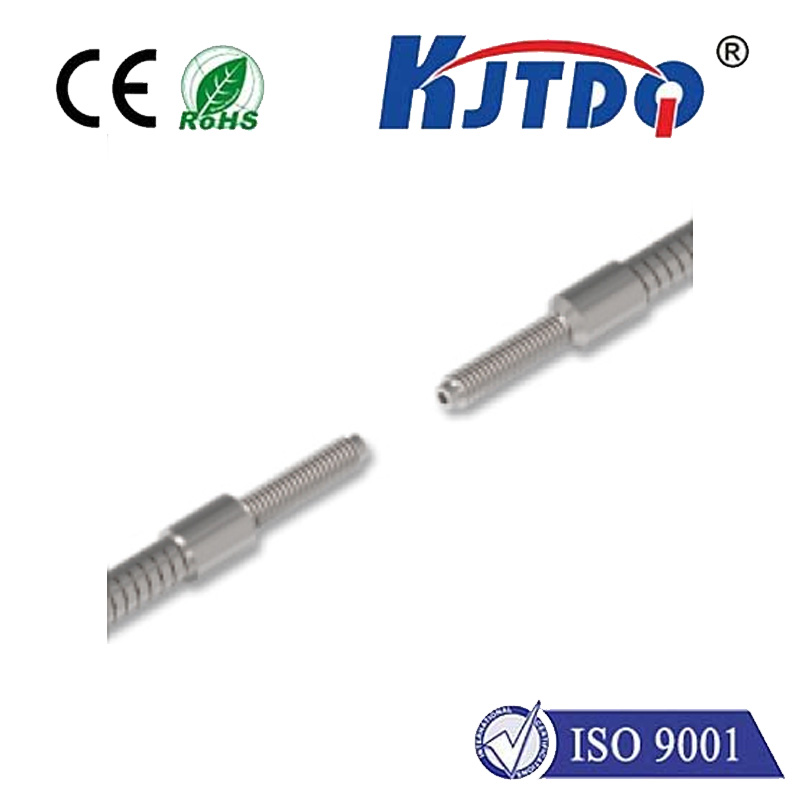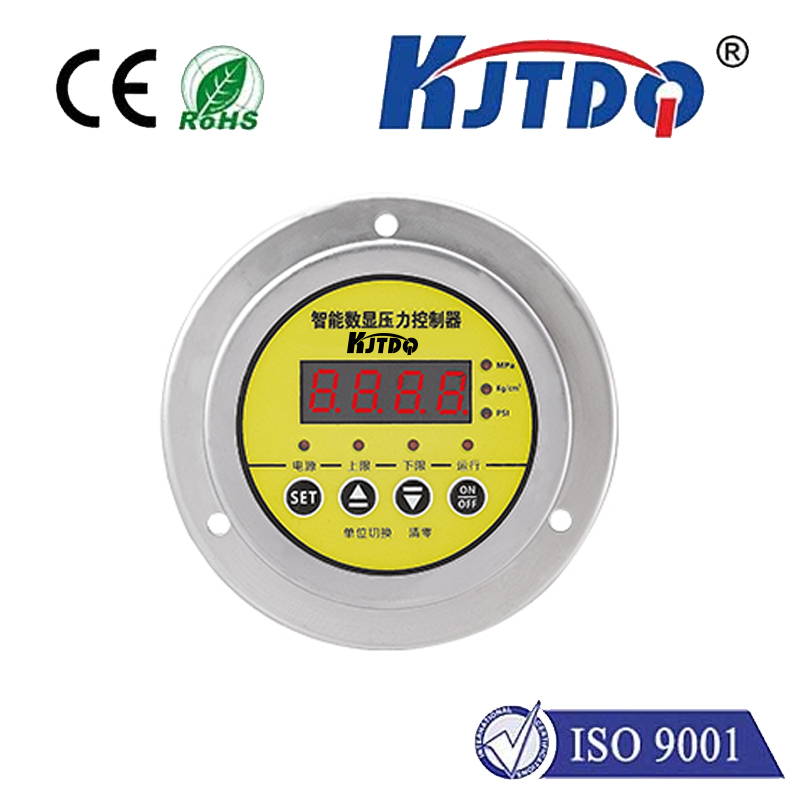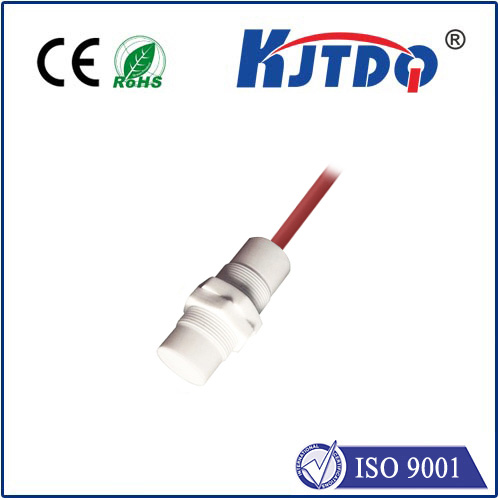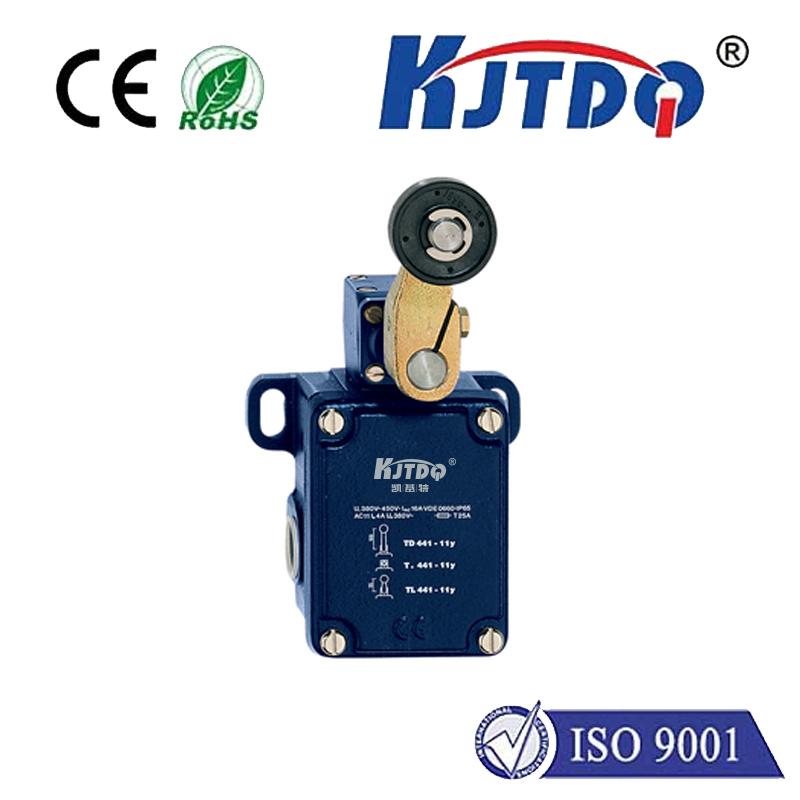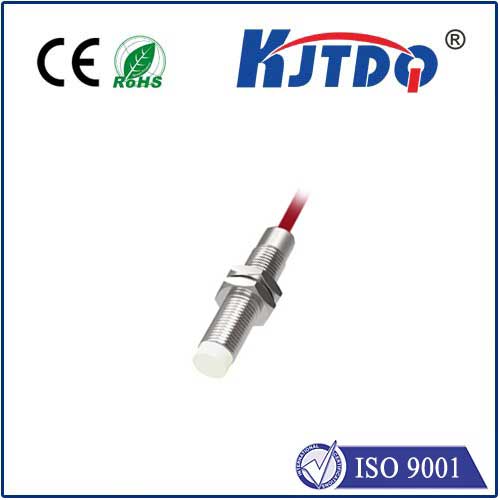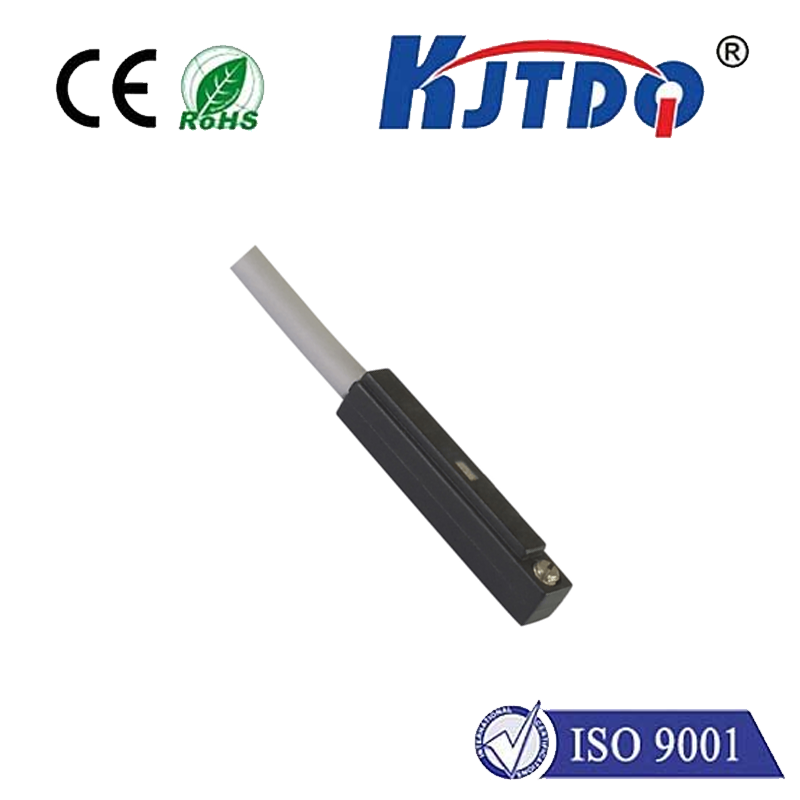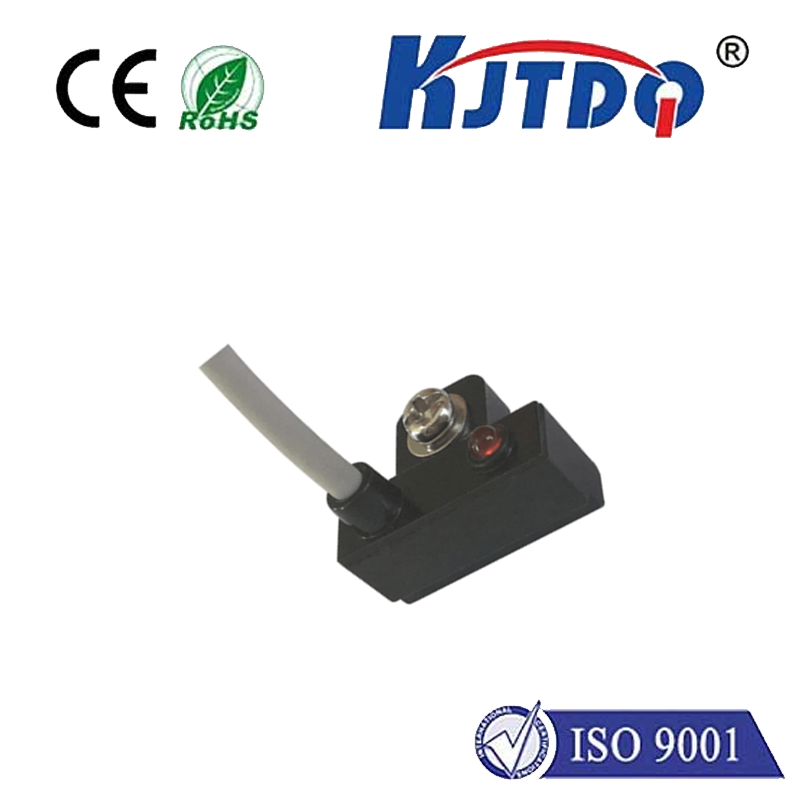

check

check

check

check

check

check

check

check

check

check
With advancements in technology, the use of proximity sensors has become increasingly prevalent. These small yet powerful devices have numerous applications in various industries, from automotive to healthcare. In this article, we will focus on the 230VAC version of proximity sensors and its importance in today's technology.
Proximity sensors, also known as infrared sensors or ultrasonic sensors, work by detecting the presence or absence of an object. They emit a signal that is reflected back when it collides with an object, allowing the sensor to determine the distance between the object and itself. The 230VAC version of these sensors is designed to operate on alternating current (AC) power, making them suitable for use in a wide range of applications.
One of the most significant benefits of using proximity sensors is their ability to detect objects accurately even in poor lighting conditions. This makes them ideal for use in industrial automation, where the presence of obstacles can affect production processes. By using proximity sensors, manufacturers can ensure that machines and equipment operate safely and efficiently, minimizing the risk of accidents.
In the automotive industry, proximity sensors are used to detect objects such as pedestrians, other vehicles, and obstacles in the road. This helps prevent collisions and ensures safer driving experiences for both drivers and passengers. In healthcare, proximity sensors are used to monitor patients' vital signs and alert medical personnel when there are any changes. This allows for early intervention and better patient outcomes.
Another advantage of proximity sensors is their ease of installation and maintenance. Unlike other types of sensors, proximity sensors do not require frequent calibration or maintenance. This makes them cost-effective and efficient, saving manufacturers time and resources.
In conclusion, the 230VAC version of proximity sensors plays a crucial role in today's technology by providing accurate detection of objects and improving safety in various industries. With their many benefits, it is no wonder that proximity sensors are becoming increasingly popular in modern manufacturing and automation processes.
